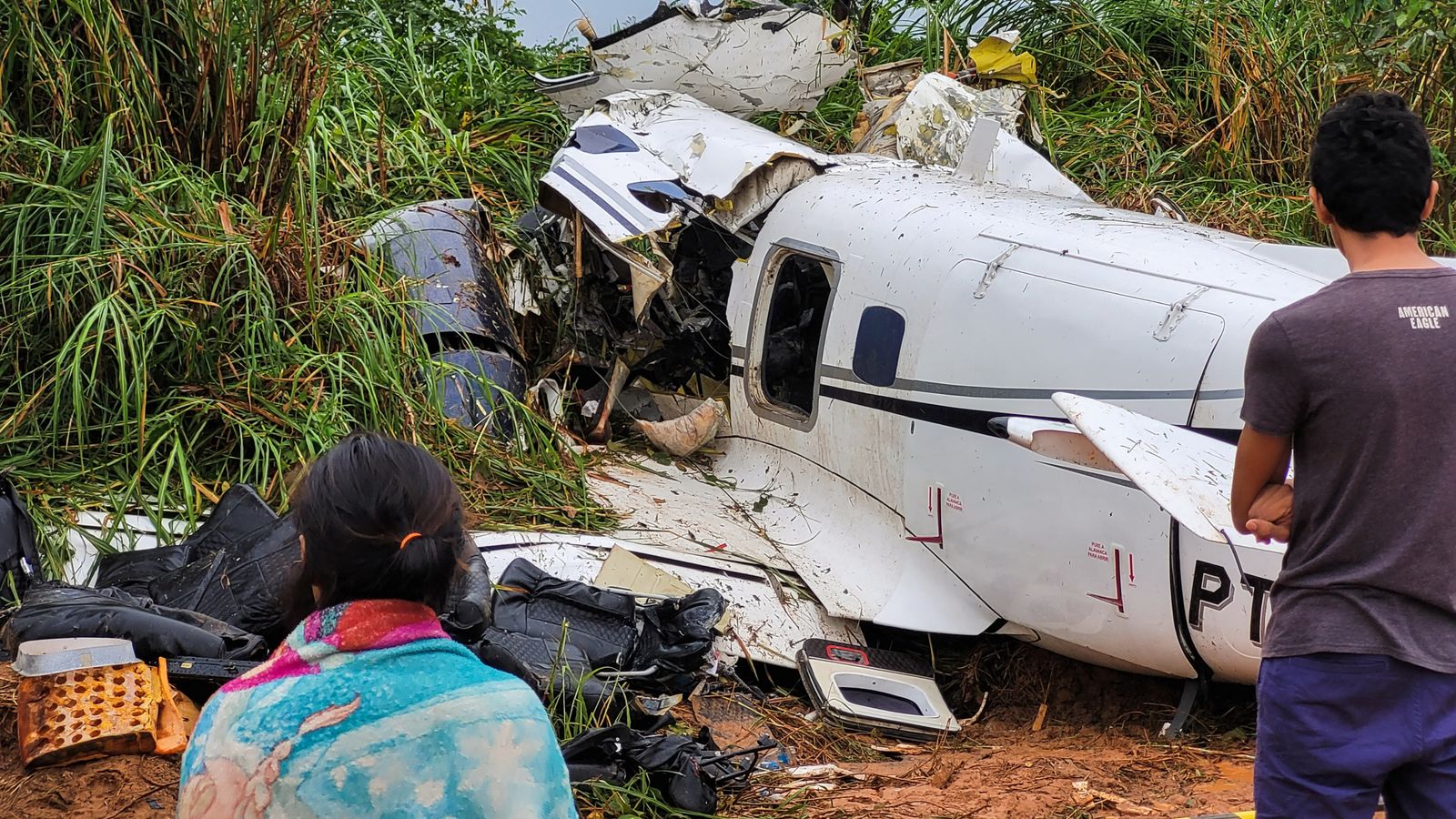Historical Context of Plane Crashes in Brazil: Plane In Brazil Crash

Brazil, a nation renowned for its vibrant culture and vast landscapes, has unfortunately also witnessed its share of aviation tragedies. The history of plane crashes in Brazil is a complex one, marked by both advancements in aviation technology and persistent challenges in maintaining safety standards.
Major Events and Their Impact
Plane crashes have left an indelible mark on Brazil’s history, shaping public perception and prompting significant changes in aviation regulations. Some of the most impactful events include:
- 1973 Varig Flight 837 Crash: This tragic event, which occurred near Paris, France, claimed the lives of 123 passengers and crew members. The crash, attributed to a combination of pilot error and mechanical failure, became a turning point in Brazilian aviation safety, leading to stricter regulations and increased oversight.
- 1982 TAM Airlines Flight 352 Crash: This crash, which occurred near São Paulo, Brazil, resulted in the death of 129 passengers and crew members. The accident was attributed to a series of errors, including a miscalculation of the runway’s length and a failure to properly assess the aircraft’s weight. This event prompted a comprehensive review of safety procedures and a renewed emphasis on pilot training.
- 2006 GOL Airlines Flight 1907 Crash: This crash, which occurred in the Amazon rainforest, resulted in the death of 154 passengers and crew members. The accident was caused by a collision with a small aircraft, highlighting the need for improved air traffic control systems and increased awareness of potential hazards in remote areas.
Frequency and Severity Compared to Other Countries, Plane in brazil crash
Brazil’s aviation safety record has improved significantly over the years, but the country still faces challenges in maintaining a high level of safety.
- While the number of plane crashes in Brazil has decreased significantly since the 1970s, the country still experiences a higher rate of aviation accidents compared to developed nations.
- A major contributing factor to this is the vast size of Brazil, which presents challenges in terms of infrastructure and air traffic control.
- The country’s diverse terrain, ranging from the Amazon rainforest to the Andes Mountains, also adds to the complexity of air travel.
Contributing Factors Throughout History
Several factors have contributed to plane crashes in Brazil throughout history.
- Pilot Error: Pilot error has been a significant contributing factor to many aviation accidents in Brazil. This can include factors such as fatigue, inadequate training, and poor decision-making.
- Mechanical Failure: Mechanical failure, including engine problems and structural defects, has also been a contributing factor to plane crashes.
- Weather Conditions: Brazil’s tropical climate and diverse weather patterns, including thunderstorms and heavy rain, can pose significant challenges to aviation.
- Air Traffic Control: Challenges in air traffic control, particularly in remote areas, have contributed to some accidents.
- Infrastructure: Inadequate infrastructure, including aging airports and outdated equipment, can also pose risks to aviation safety.
- Maintenance: Inadequate maintenance practices can lead to mechanical failures and increase the risk of accidents.
Plane in brazil crash – The recent plane crash in Brazil has understandably brought renewed attention to aviation safety concerns. It’s also a reminder of the tragic loss of life that can occur in such incidents, and it’s important to remember those affected. The tragedy also serves as a timely reminder of the legacy of individuals like robert f kennedy jr , who have dedicated their lives to advocating for safer transportation systems.
As we grapple with the complexities of this event, it’s crucial to learn from the past and strive for continuous improvement in aviation safety standards.
The recent plane crash in Brazil has understandably raised concerns about aviation safety. While investigations are ongoing to determine the cause of the incident, it’s important to note that the aircraft involved was an ATR 72, a popular regional turboprop known for its reliability and efficiency.
You can learn more about the design and operation of this aircraft type by visiting this comprehensive guide: atr 72 plane. The details surrounding the Brazil crash are still unfolding, but understanding the specifics of the aircraft involved can be helpful in understanding the circumstances of the event.
